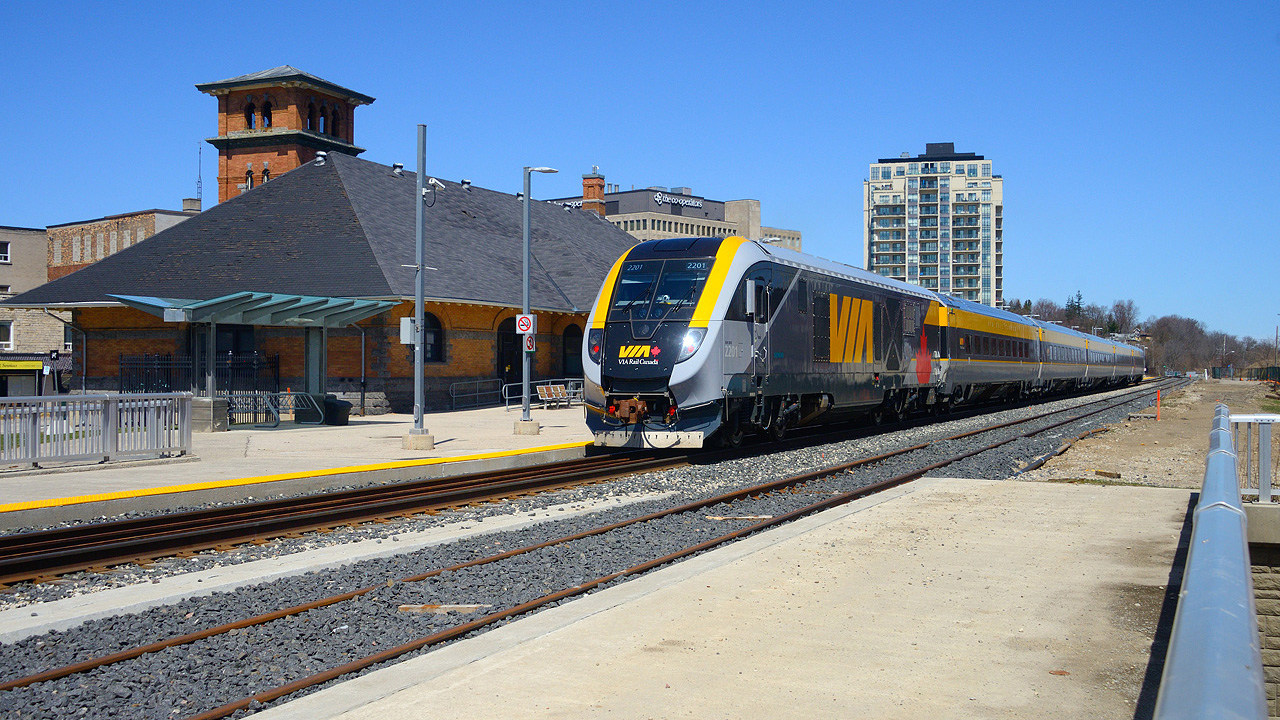Charles785
Service Attendant
- Joined
- Nov 24, 2017
- Messages
- 162
Since many of us first became aware of trains in the 1940s, 1950s, and 1960s when most trains were using E and F unit locomotives, we obviously thought that was just how streamlined trains were supposed to look.
My, perhaps somewhat ignorant, question is why isn't it possible for locomotive manufacturers today that incorporate advances and technology that wasn't available 60-80 years ago, build modern locomotives today that LOOK like E and F units on the outside.
Full disclosure: Now at the age of 81 I grew up thinking that, indeed, those bull dog nose streamliners were simply supposed to look like that. I'm sure those that know more about locomotive manufacturing than I do could answer the question if could look like that again. For one example, those Santa Fe warbonnet F-units sure did look very attractive.
After all, for perhaps 30 years they did look like that. Could they look like that again?
My, perhaps somewhat ignorant, question is why isn't it possible for locomotive manufacturers today that incorporate advances and technology that wasn't available 60-80 years ago, build modern locomotives today that LOOK like E and F units on the outside.
Full disclosure: Now at the age of 81 I grew up thinking that, indeed, those bull dog nose streamliners were simply supposed to look like that. I'm sure those that know more about locomotive manufacturing than I do could answer the question if could look like that again. For one example, those Santa Fe warbonnet F-units sure did look very attractive.
After all, for perhaps 30 years they did look like that. Could they look like that again?



























































